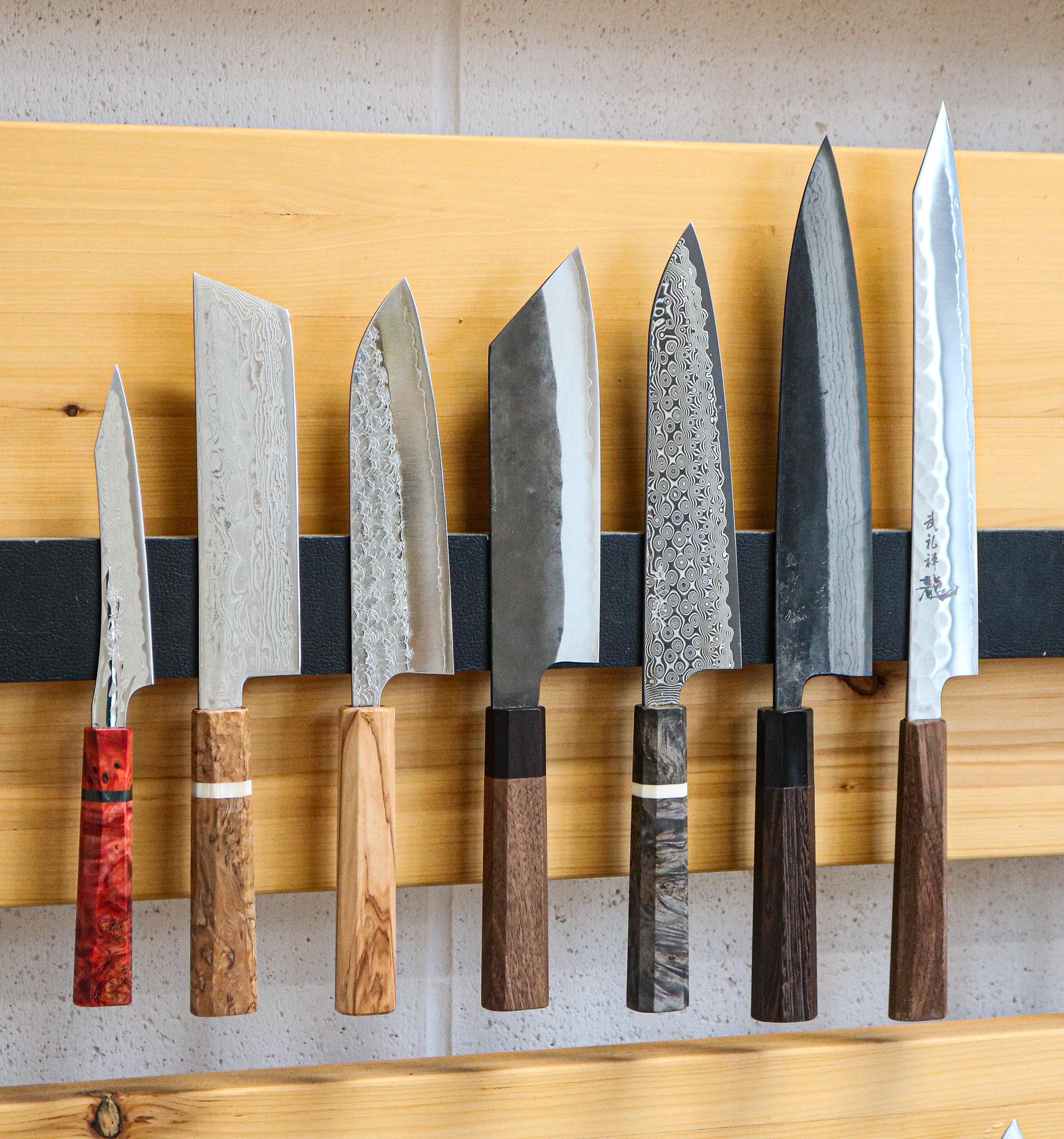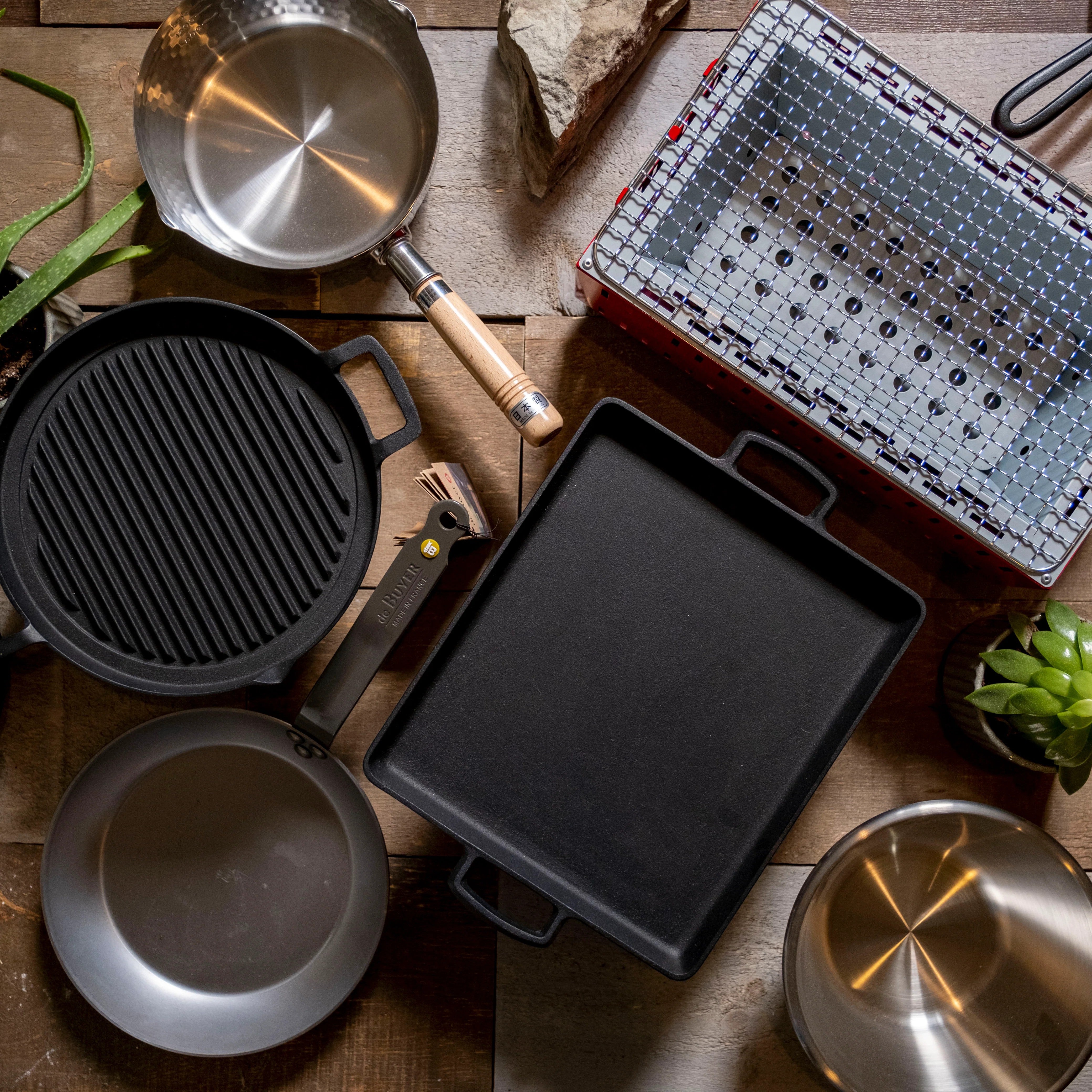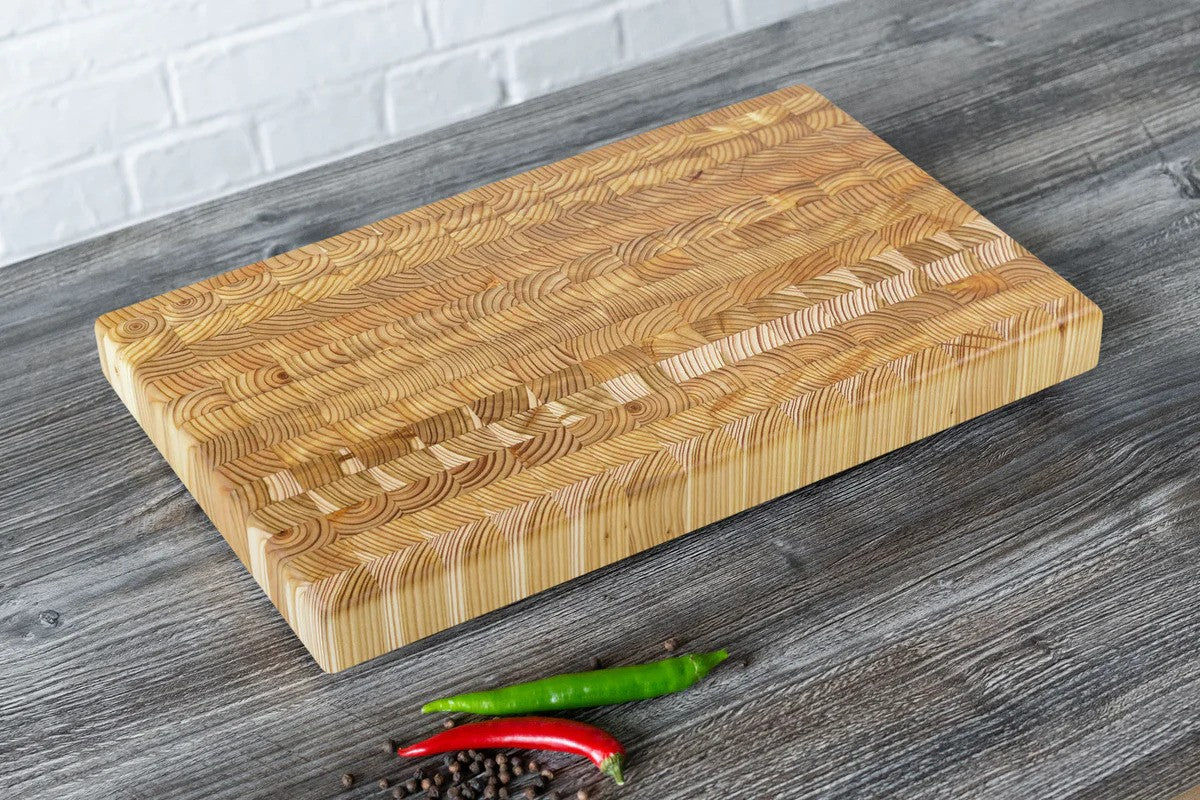Menu

SHARP Gift Guide
You have been tasked with purchasing a Japanese knife as a gift for a loved one this holiday season but have no idea which knife to purchase. We’re here to help! It’s not as difficult as it may sound and if you pick the wrong one, we offer a flexible return policy extended to the 14th of January 2026 that will allow your loved one to return or exchange it, no questions asked.
There are four main considerations; Steel Type/Maintenance level, Shape/Intended Use, Aesthetics and Price. With these four categories taken into consideration, We here are SHARP are positive you will pick the perfect blade for that special someone this Holiday season.
Steel Type/Maintenance Level
Japanese knives fall into three categories in terms of their construction which determines the level of maintenance one must undertake to keep it in good working order. When we say “Maintenance” all we really mean is to keep from rusting. They are all made using a technique called “Sanmai” or forge welding which means they are made from three layers of material.
A stainless steel knife is made from three layers of stainless steel, these are the easiest to maintain and will not rust or discolour.

A stainless clad knife is made from two layers of stainless steel sandwiching a core layer of carbon steel, these knives can and will rust where the carbon steel is exposed just past what is called the clad line which is where the stainless steel layers on the outside of the blade come to an end. The majority of the blade is protected from rust though so we classify these as being moderately difficult to maintain.

Iron clad knives are made from two layers of Iron sandwiching a core layer of carbon steel; All three of these layers are susceptible to rust and discolouration and this style of knife is the most difficult to maintain.

Shape/Intended Use
What you think the recipient will use the knife for will help you determine the shape that is best for them and will also help you determine the proper length of blade. We generally recommend purchasing an all purpose blade that will be great for many tasks such as a Gyuto, Santoku, or Bunka. All three of these shapes can be used for a ton of different purposes so make for great gifts.
The Gyuto is the Japanese equivalent to a western style chef's knife and is THE most versatile shape you will find. They are typically found in lengths ranging from 180 mm (7 inches) to 240 mm (10 inches) - 210 mm (8 inches) would be considered “standard” - or even longer and are great for chopping vegetables big and small, slicing meat and can even be used to break down and slice fish. We always recommend purchasing a longer blade if you feel the person you are purchasing for can handle it. The added length will make working with larger ingredients/slicing tasks easier and with some practice even the smallest of ingredients can be handled with ease.

Not everyone is comfortable with a knife of this size which is where a Bunka or Santoku will be a better option. The Bunka and Santoku are very similar shapes, ranging in size from 165 mm (6.5 inches) to 180 mm (7 inches) and differ mainly in the shape of the tip; A Santoku has a more gradually sloping tip “Sheepsfoot tip” whereas a Bunka has a more aggressively shaped “K-tip”. We find the tip of a Bunka makes more intricate tip work a bit easier but would argue it’s not super noticeable and the difference is mainly aesthetic.


Another shape to consider for vegetarians\vegans is a Nakiri. These are square shaped, tall blades that resemble a cleaver, but are smaller. They don’t have a pointy tip and are a bit less versatile but are a ton of fun when used to chop up vegetables. The tall blades make them very comfortable to use in an up and down chopping motion and their large surface area makes it easy to scope stuff up off the cutting board.

Of course, there are many other shapes that might be a great option depending on the intended use but these are more specialized and become less versatile as a result.
Aesthetics
This can be one of the more difficult things to consider as it really comes down to personal preference. There are 5 main aesthetic finishes found in the Japanese knife world : Damascus, Kurouchi, Migaki, Nashiji and Tsuchime. Every knife maker has their own unique style within these categories and for the most part, these different aesthetic finishes don’t contribute to the performance of the blade.
Damascus - Layers of steel create a cool wavy pattern on the blade.

Kurouchi - Refers to blades with a black finish on the blade, this is the most rustic style of finish.

Migaki - Translates to “polish” and refers to blades with a polished and clean appearance

Nashiji - Refers to knives with a textured appearance meant to emulate the skin of an asian pear.

Tsuchime - Translates to “Hand hammered” and will present as a hammered or dimpled finish on the blade

All of these finishes are beautiful in their own right but some people may appreciate one more over the others. Damascus and Tsuchime finishes are generally the most “flashy” while the Kurouchi and Nashiji finishes come across as more rustic and handmade. The Migaki finish can also sometimes look “flashy” but is generally a really clean and minimally beautiful finish. You are also likely to find these finishes combined, my personal favourite finish is a combination of the Kurouchi and Tsuchime finish.
Price
This should really be the first consideration you make. You can filter through all of the knives on our site by price and then find the right knife taking into account all the other considerations listed above. A more expensive knife doesn’t always mean better performance but you can generally expect a higher quality of steel the more you spend which will help to improve edge retention. More intricate styles of finish and fancier handles will also drive up the price so at a certain point, you are likely not paying for a higher performing knife, but one that is more beautiful (depending on your taste).
Other Gift Ideas
We’ve talked a lot about maintaining the knife so what might you want to purchase along with a knife to help your loved one maintain it properly? Aside from wiping the knife down; keeping it dry and clean to avoid rust, a sharpening stone or honing rod will be a great addition to keep the knife sharp and performing at the highest level. A honing rod is used to re-align the edge and will quickly bring it back to life. It is very user friendly and doesn’t take much time to learn how to use but will eventually lose its effectiveness and the knife will need to be properly sharpened using a whetstone. Whetstones are the best tool for sharpening your Japanese kitchen knife but take time and effort to learn how to use. The sharpening process is relaxing and meditative for some, and a source of great frustration for others. A great option if you are unsure of what category your loved one will fall into is a combination stone which features two different grits of stone in one. The lower the number the more coarse the stone and the more quickly it will remove material from the knife; the higher the number the more fine the stone is which will allow the use to polish the edge and make it feel more smooth while cutting. A great stone to buy for maintaining a brand new knife is a 1000/6000 or 1000/3000 combination stone.
Another great gift idea to compliment a knife is a cutting board. An end grain, wooden cutting board will be more gentle on the edges of the knife helping it to stay sharp for longer. I personally own a number of Larchwood cutting boards and absolutely love them. They look great, come with a 10 year guarantee (with the purchase of a cutting board conditioner) and help my knives perform at a high level for longer than using a plastic or bamboo board.
If you still need assistance, we are always happy to help and can be reached by email info@sharpknifeshop.com or by messaging us on the live chat on our website.
- Choosing a selection results in a full page refresh.






